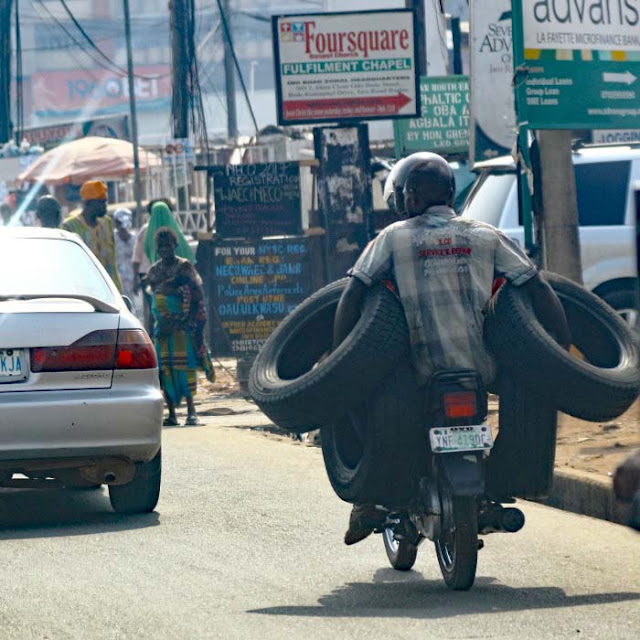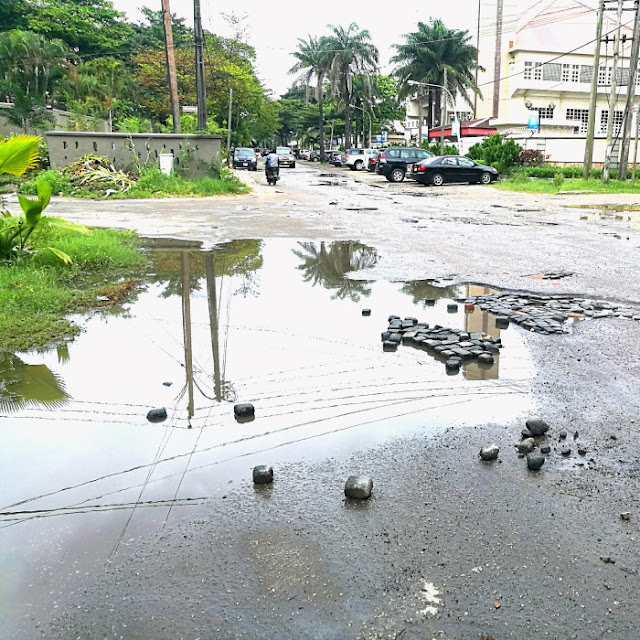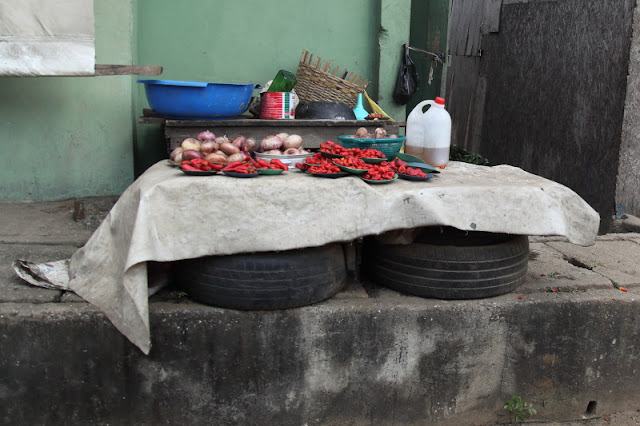 |
| let's vulcanise |
As the frequency of punctures on the back tyres of my car had increased like sneezing during a cold, I resorted to replace them. I was recommended to contact Indomie on behalf of the General, the nickname of a friend of mine given to him by the boys doing car parts business on the Mainland because of his military manners.
Indomie had travelled from Mainland to Victoria Island at the back of an okada holding two tyres under wrap, to deliver them to me. Indomie is the name of the most popular food brand in Nigeria, which makes instant noodles that are affordable to a vast majority of Nigerian. Indomie noodles are usually served with eggs on top.
After a thorough inspection of the year of make, the brand, the size and where they were made to make sure they were genuine, I enquired about the origin of his nickname. He said that a long time ago, when he was a young boy he used to be perpetually busy with girls, so his friends called him Indomie to highlight his insatiability with women and the fact that he must have been very sweet to attract them. But now, he confided, I am born again, I gave up my life of sins and stick to my wife. He is now 41 year old and father of a boy called Henry after the famous french football player, hoping that it will help the boy do well in football and grow Eagles wings. His business card, light background with the picture of a pile of tyres next to a Porsche convertible, is displaying his name in silver letters followed, between brackets, by a.k.a Indomie, just above the title of "Director". Despite Indomie's reformation, the nickname has stayed on.
 |
| tyre delivery express |
True, it is expensive to build roads especially when the allotted State budget is partly used to attend urgent personal emergencies such as buying a car, a yacht or a house, either by the contractor or for those who have made it possible for the contractor to win the construction tender.
In the meantime, successive rainy seasons are slowly consolidating the potholes. Roads usually have little foundations, or sandy ones in Lagos, meaning that as soon as the pavement is broken the sand beneath is pushed aside each time a vehicle passes over it, helping potholes to grow steadily.
In Apapa, on the way to Mile 2, where trucks are heavy and road repairs very infrequent, I saw a crater-sized pothole that could hide a complete SUV.
The growing potholes are progressively filled with construction waste by fed-up residents or area boys looking for a small dash in exchange for their common good initiatives, as an alternative to the State repairing them.
However construction waste is usually full of nails and other sharp metal parts which inevitably end up puncturing car tyres as they drive past. So one can expect several punctures in a year, the heavier the vehicle, the worst it is. We should perhaps use replica of elephant skin to produce tyres!
 |
| pothole filling initiative |
First easy answer, use the better one as spare tyre. How about the other one and the previous spare tyre? Time for them to retire and start a new career as urban furniture. In fact, a short walk on the street will soon reveal how an old tyre can be put to good use:
1/ as parking place holder, if you drive on a tyre lying on the ground your own wheel be stuck. This is a favourite tool from area boys who operate parking activities next to restaurants, markets, churches or other entertainment places
2/ as a resting place such as a seat next to a wall or a bench: a favourite of hausa guards who have not been able to secure a plastic chair (even one with 3 legs)
3/ as a shop sign for a vulcaniser who put it standing by the side of the road
4/ as support for a plank to display goods by the roadside
5/ to burn them at night to have a nice fire place on unused land plots (recommended only if the wind blows in your back)
 |
| tyre table |
Comments
Post a Comment